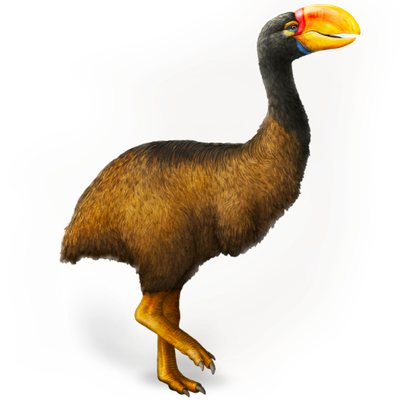Your search returned 2119 results
By Page Type
By Tag
- fish (966)
- blog (696)
- fishes of sydney harbour (401)
- First Nations (299)
- Blog (236)
- AMRI (169)
- archives (164)
- Eureka Prizes (146)
- Aboriginal and Torres Strait Islander (135)
- insect (126)
- Ichthyology (124)
- geoscience (109)
- minerals (102)
- climate change (100)
- podcast (94)
- Fish (91)
- Anthropology (89)
- International collections (80)
- Minerals Gallery (78)
- wildlife of sydney (78)
- Labridae (77)
- frog (74)
- gemstone (70)
- history (64)
- photography (64)
- Mollusca (60)
- gem (59)
- staff (59)
- Birds (56)
- Gems (56)
- Indonesia (56)
- education (56)
- shark (55)
- AMplify (54)
- people (53)
- earth sciences (50)
- past exhibitions (50)
- exhibition (49)
- Gobiidae (48)
- sustainability (46)
- Pomacentridae (45)
- Serranidae (44)
- lifelong learning (42)
- science (42)
- Earth and Environmental Science (41)
- Syngnathidae (41)
- Ancient Egypt (40)
- Bali (40)
- bird (40)
- dangerous australians (40)
-
Lizard Island - Location
https://australian.museum/get-involved/amri/lirs/location-lizard-island-research-station/Lizard Island is situated in the northern portion of Australia's Great Barrier Reef, 270 km north of Cairns, Queensland (14°40'S 145°28'E).
-
Research Projects 2004
https://australian.museum/get-involved/amri/lirs/research-projects-and-participants-2004/The following research projects were carried out during 2004. Project leaders who are postgraduate students are indicated with an asterisk (*).
-
Research Projects 2008
https://australian.museum/get-involved/amri/lirs/research-projects-and-participants-2008/The following research projects were carried out during 2008. Project leaders who are postgraduate students are indicated with an asterisk (*).
-
Research Projects 1998
https://australian.museum/get-involved/amri/lirs/research-projects-and-participants-1998/The following research projects were carried out during 1998. Project leaders who are postgraduate students are indicated with an asterisk (*).
-
Research Projects 2005
https://australian.museum/get-involved/amri/lirs/research-projects-and-participants-2005/The following research projects were carried out during 2005. Project leaders who are postgraduate students are indicated with an asterisk (*).
-
Research Projects 1999
https://australian.museum/get-involved/amri/lirs/esearch-projects-and-participants-1999/The following research projects were carried out during 1999. Project leaders who are postgraduate students are indicated with an asterisk (*).
-
Research Projects 2015
https://australian.museum/get-involved/amri/lirs/lirs-research-projects-2015/The following research projects were carried out at Lizard Island Research Station during 2015.
-
Research projects 2014
https://australian.museum/get-involved/amri/lirs/research-projects-2014/The following research projects were carried out at Lizard Island Research Station during 2014.
-
Marine Park Permits
https://australian.museum/get-involved/amri/lirs/marine-park-permits/This information is provided as a service to Lizard Island Research Station visitors. It is the Station's interpretation of requirements that apply to research in the Lizard Island area.
-
Publications 1999
https://australian.museum/get-involved/amri/lirs/publications-1999/Lizard Island Research Station publications 1999
-
Discover more
2025 Australian Geographic Nature Photographer of the Year
Special exhibition
Free entry
Now open -
Discover more
Unfinished Business
Special exhibition
Free entry
Now open -
Find out more
Surviving Australia
Permanent exhibition
Free entry
Now open![]()
-
Find out more
Burra
Permanent kids learning space
Free entry
10am - 4.30pm![]()
-
Discover more
Minerals
Permanent exhibition
Free entry
Open daily![]()





